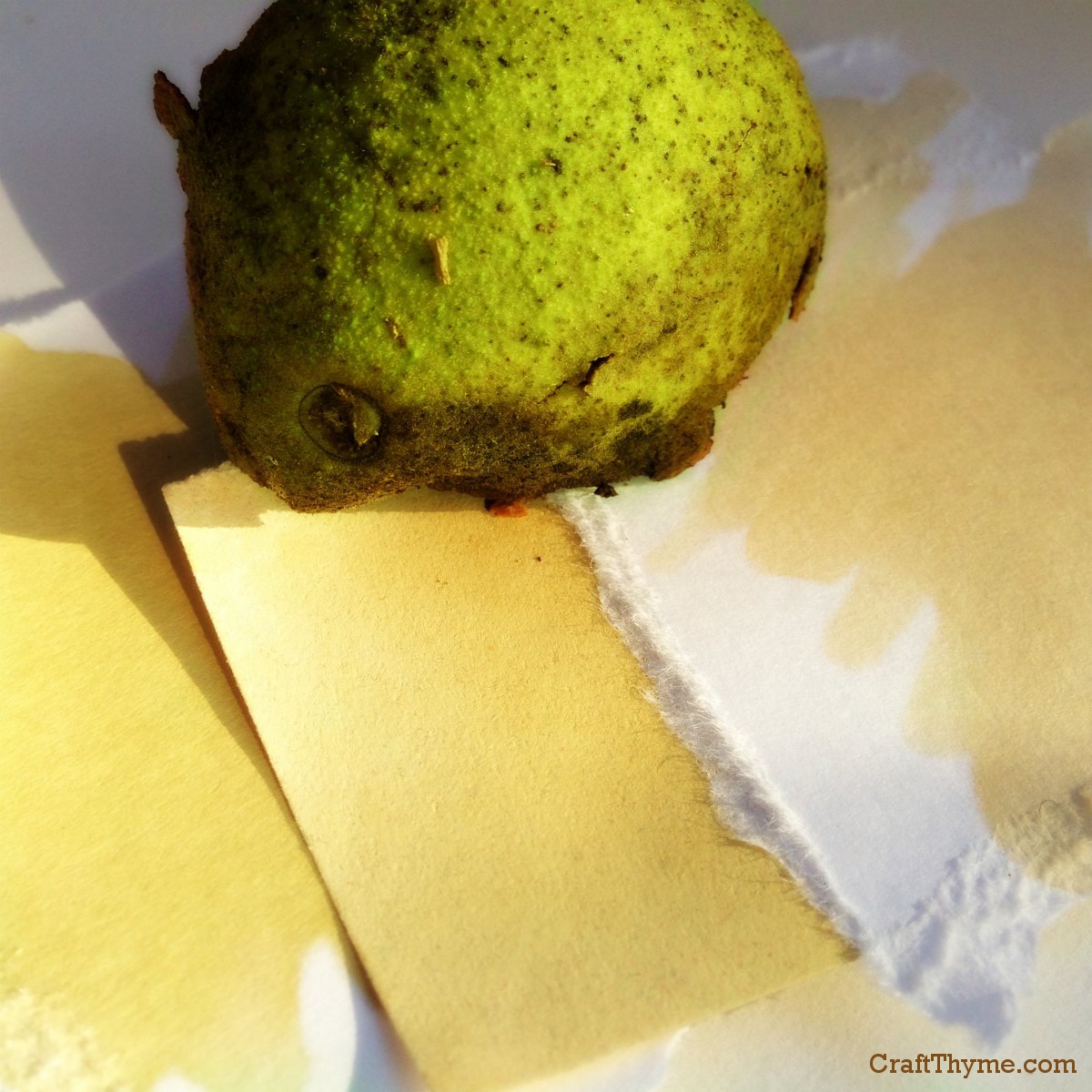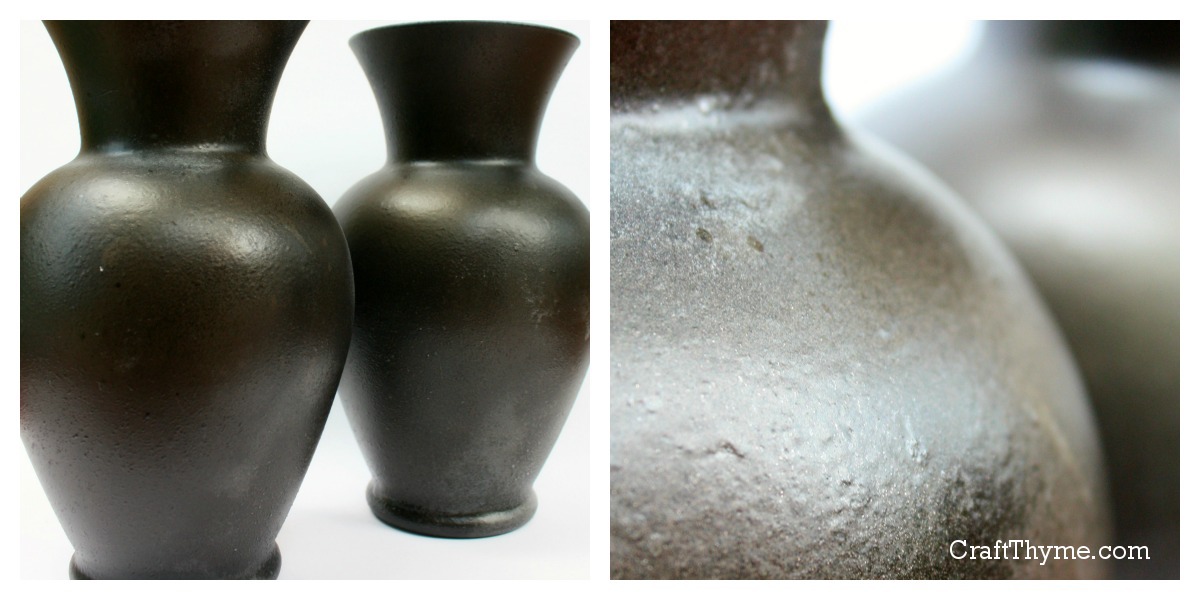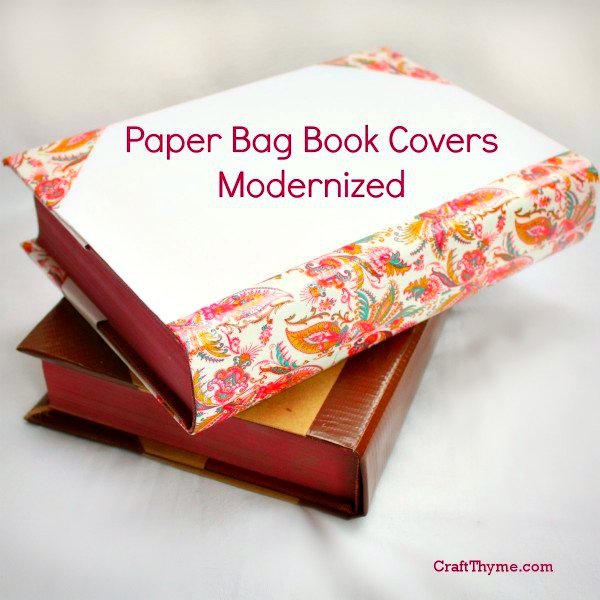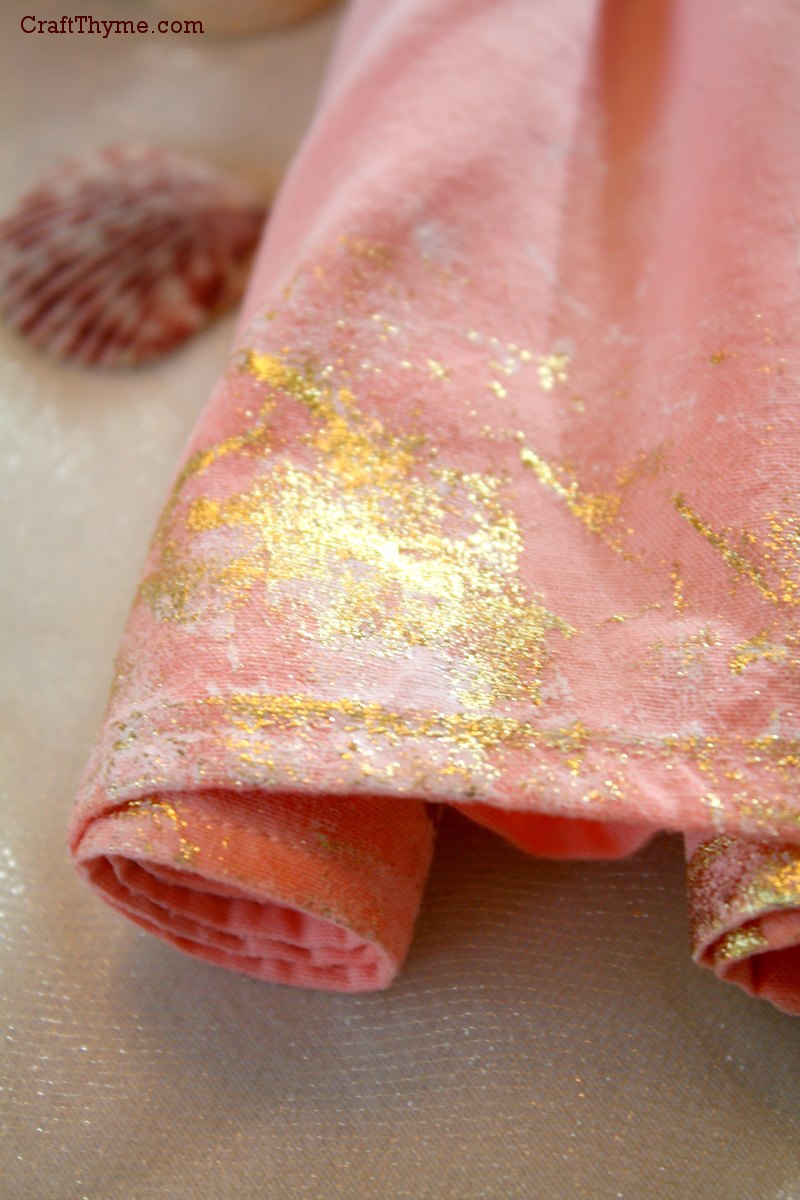
My How To Make Alcohol Ink tutorial is popular. However, many of you wanted to learn how to make a permanent alcohol ink. Honestly, I am not a scrapbooker so it took some research into various alcohol inks to find a good formula. While this recipe for walnut colored permanent alcohol ink is not quite as concentrated as commercial alcohol ink it gives a nice finish and is another option to age paper.
Now when I say permanent alcohol ink I want to clarify. This walnut alcohol ink can stain a dark brown. It stuck to wood, paper, fabric, soft plastic, paperclay, and skin. Oh skin… My hands were dyed brown for 5 days… It did not dye hard plastic, metal, or glass as well.
On to the walnut alcohol ink recipe:
Supplies
Walnut Hulls (surprisingly the wet green hulls made a darker brown. Dried black walnut hulls still made a nice brown)
Rubbing Alcohol (90% concentration works better)
Filters (plain coffee filter and funnel worked fine)
Glass Jars
Rubber Gloves (why, why, why must I always forget gloves?)
Step 1: Pretend You Are A Squirrel
Gather up black walnuts. In Western North Carolina walnuts are everywhere. The Fall is a particularly good time to find the hulls but you can find dried bits of hull under the trees all year around. Once you have gathered the walnuts tear the hulls into small bits. You can see that I separated the green hulls from the drier brown ones. The green make a darker shade of brown in less time, but dry hull can achieve a very nice color as well.

Step 2: Shake What Your Mama Gave You
Cover the hulls in alcohol, cap the jars and give them a good shake. Let the mixture sit and shake some more. Basically rinse and repeat. I let mine sit for about an hour for the test strips shown in the top photo. However, letting the ink sit longer gets a darker more concentrated color.

Step 3: Try Not To Strain About Filtering
Like the filter set up? I found an old funnel, stuck in a coffee filter, and poured in my mix. Once it was clean of all the particles the ink was ready to paint, dip, and/or spray.
If you want bright colors check out my Original Guide to Alcohol Ink or Permanent Bright Colored Alcohol Ink.
Enjoy these articles? Get biweekly updates by joining my mailing list (no spam, no way, no how)
See other great DIY and Decor at these link parties: Craftberry Bush, The Pin Junkie, My Romantic Home

























